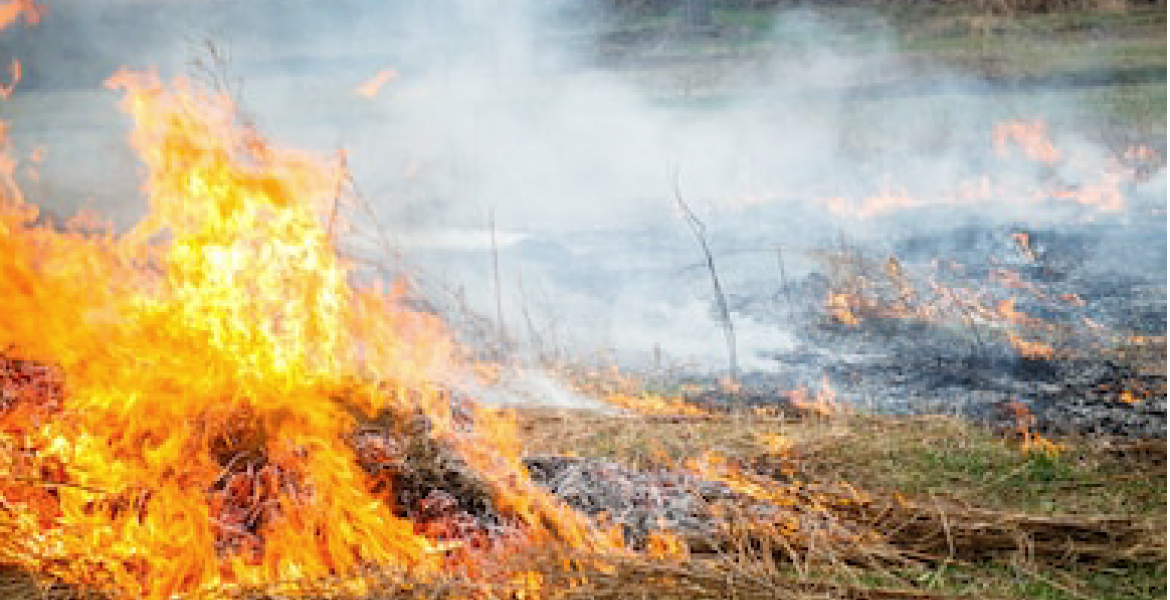WASHINGTON - The U.S. Geological Survey is investing $3.4 million in Bipartisan Infrastructure Law funding to map critical mineral resources in western Texas.
The project will utilize high-resolution geophysical surveys through the Earth Mapping Resources Initiative (Earth MRI), a USGS partnership aimed at identifying critical mineral deposits essential for the U.S. economy, national security, and energy technologies, according to information released by the USGS.
The surveys will focus on the North American Cordilleran Alkaline Igneous Belt, a geologic formation stretching from Alaska to Mexico, known to contain rare earth elements (REEs), beryllium, niobium, and other minerals.
“Earth MRI data provides a fuller picture of our nation’s mineral and other geologic resources and is focusing in on areas with potential critical and industrial minerals,” said David Applegate, USGS director.
The airborne surveys, which combine magnetic and radiometric data, will map rocks, faults, and mineral signatures deep underground. These data will guide future geologic sampling and map creation, furthering understanding of the region’s subsurface geology. Daniel Scheirer, the lead geophysicist on the project, emphasized that the data will reveal new insights into complex underground features.
The initiative complements similar surveys underway in New Mexico and the Trans-Pecos region of Texas, with the potential for further investment in additional mapping and sampling techniques. Brent Elliott, an economic geologist from the University of Texas at Austin, noted the efficiency of such surveys in identifying areas of interest compared to traditional mapping methods.
This marks the first modern geologic exploration of the region since the late 19th century, a time of gold prospecting in the West. Callum Walter, a USGS geophysicist, described the data collected as a “treasure trove” for uncovering unknown mineral systems.
The Earth MRI program, funded by the Bipartisan Infrastructure Law since 2021, has received more than $160 million to date.
Subscribe to the LIVE! Daily
Required






Post a comment to this article here: